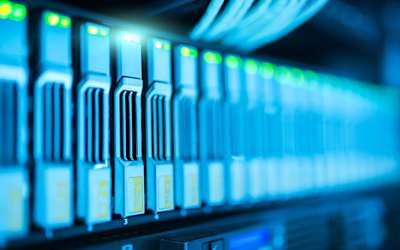Industry leading insights
As a global leader in connectivity, we bring you expert analysis, experienced thought leadership, and actionable intelligence to help you navigate the evolving digital landscape and unlock the future of communication.
-

December 18, 2025
White Paper Download: UC for Circuits — Turning Complexity into Financial Clarity
-

December 15, 2025
Why 10DLC Remains Critical in the Era of RCS
-

December 8, 2025
Mobile Identity & Security Authentication
-

December 1, 2025
The Role of Mobile Network APIs
-

December 1, 2025
A Kaleido Intelligence Vendor Hub Brief: Unlock the Future of Mobile Roaming, Syniverse’s Industry-Leading Performance Revealed
-

November 24, 2025
VoLTE Roaming Testing Q&A
-

November 14, 2025
BCE Clearing is the Future — But TAP Remains Essential
-

November 10, 2025
Transforming the Traveler Experience
-

November 3, 2025
Swiss Cheese & Spam: Why Real Messaging Protection Must Be Multi-Layered
-

October 20, 2025
How Mobile Operators Can Enable IoT Monetization
-

October 13, 2025
RCS Customer Service: Smarter Mobile Support
-

October 6, 2025
Phishing and MFA: What Is Driving the Torrent of Attacks and How To Fight Back
-

September 22, 2025
Circuits Are at the Core of Your Business. Here’s Why Managing Associated Costs Is Critical
-

September 18, 2025
RCS and the Rise of Conversational Commerce
-

September 15, 2025
What Is IoT Technology?
-

September 3, 2025
Take Command of the Digital Footprint Across a Mission-Critical Horizon
-

July 30, 2025
MFA Fatigue: The Hidden Risk in Authentication and How to Defend Against It
-

July 28, 2025
Uniting Terrestrial and Non-Terrestrial Networks
-

June 23, 2025
Syniverse's Deep Roots in RCS: A Legacy of Innovation and Leadership
-

Cyberattack Severely Damages UK Retailers — What We Can Learn
- No posts found.



















